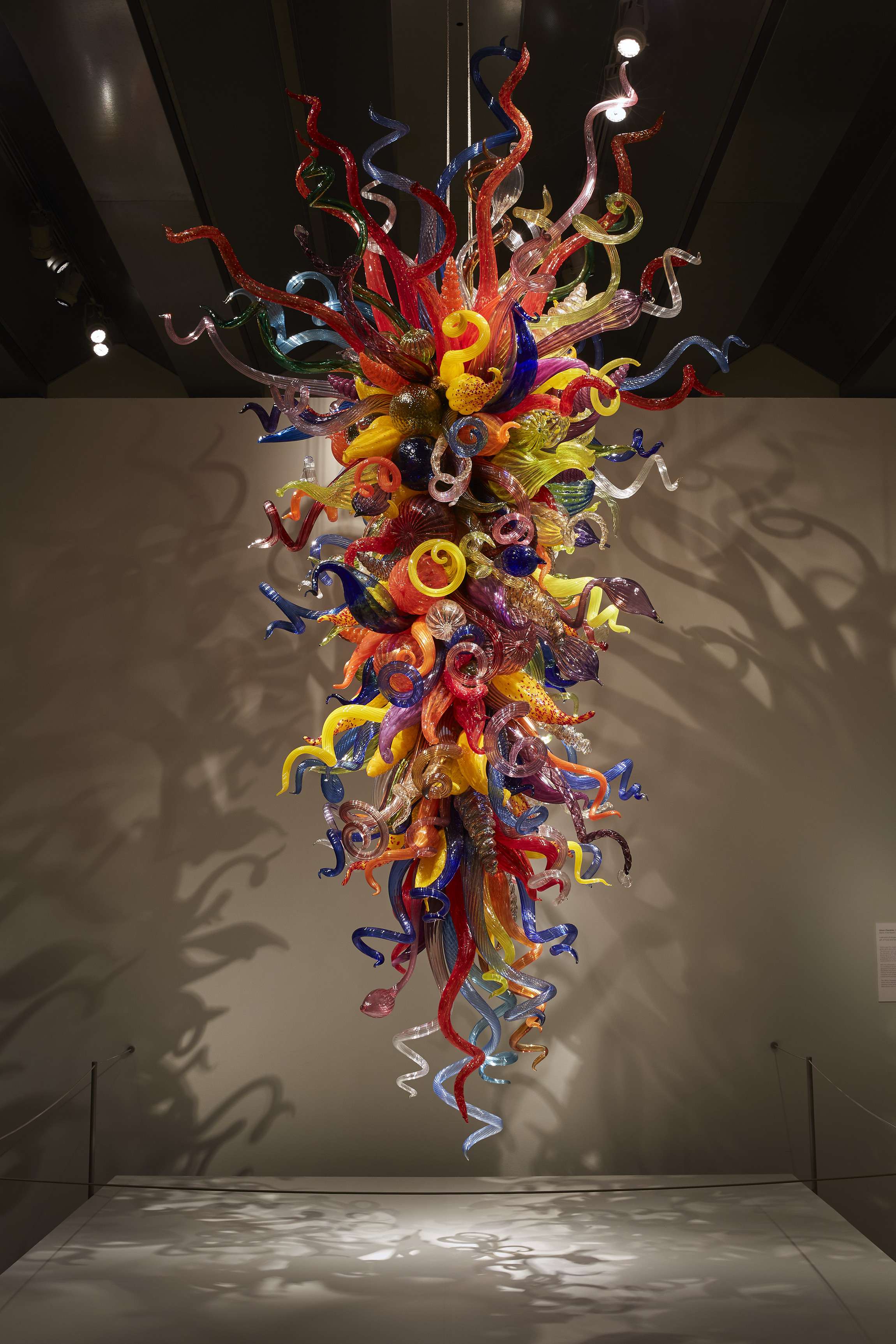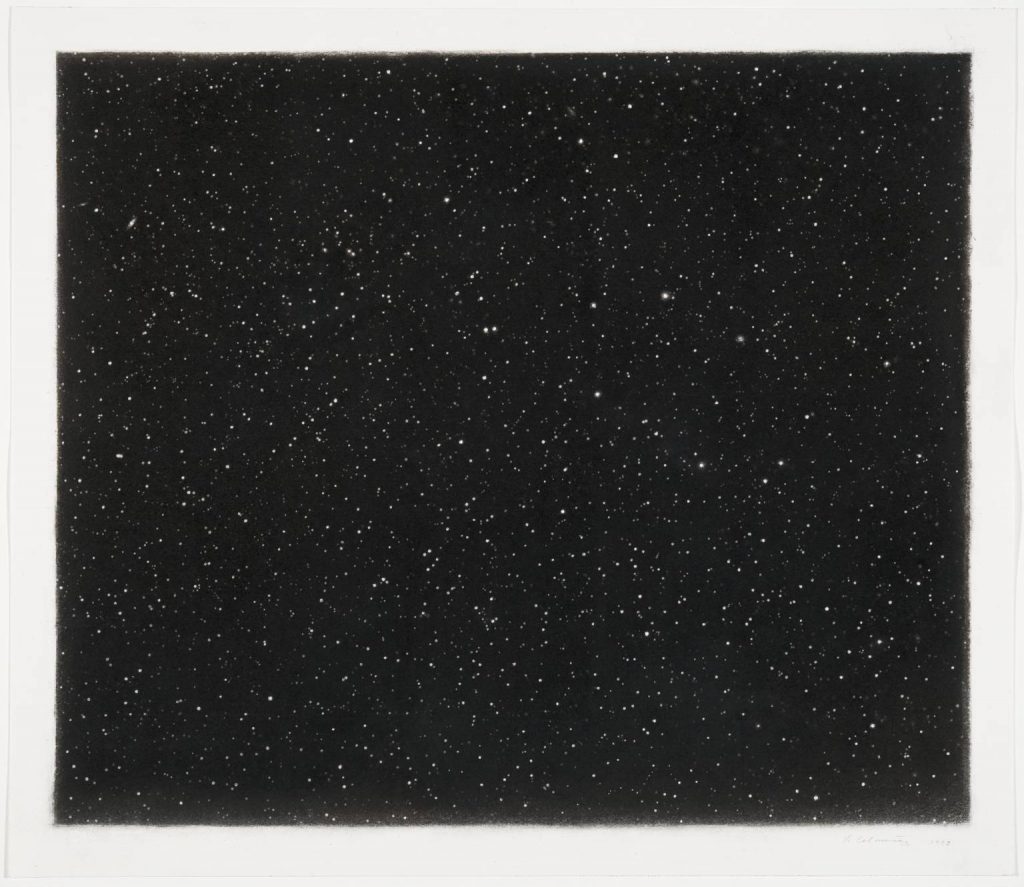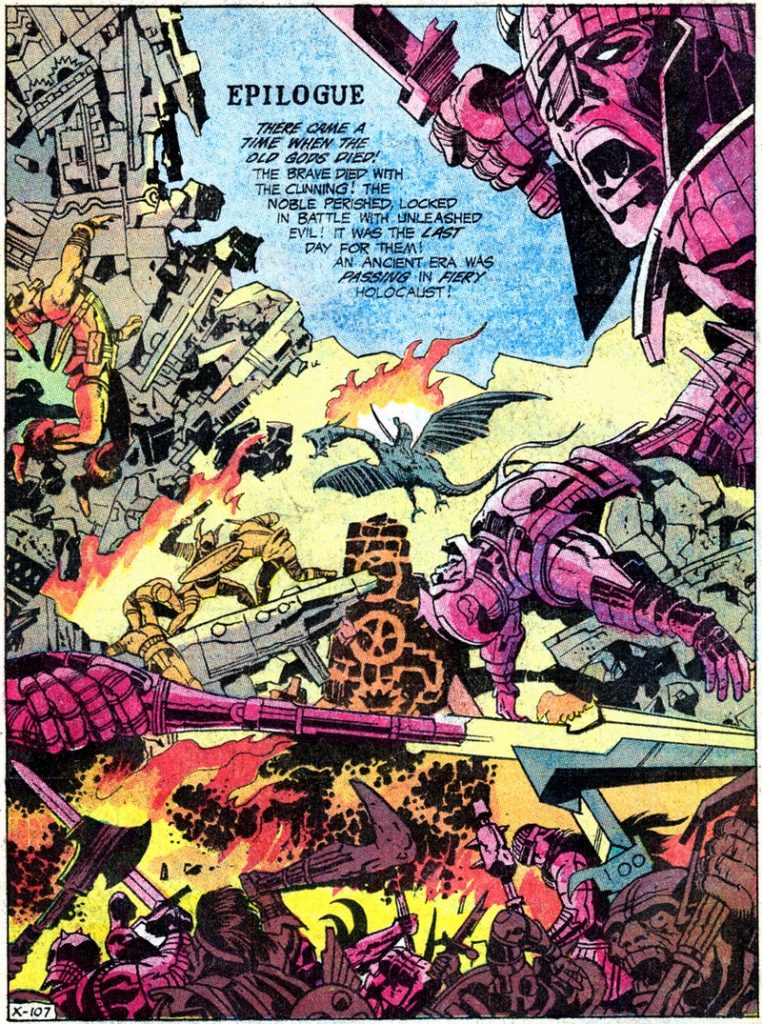
Kris Kuksi is an amazing assemblage artist whose highly detailed works carry beautifully dark Gothic overtones. He was born in Springfield Missouri in March of 1973 but later moved to a town near Wichita Kansas. Due to his extremely quiet home environment and support of his grandmother his creativity was allowed to grow into the art you see today. It wasn’t until after he received a master’s degree in painting from Fort Hays State University that he realized it wasn’t his medium of choice. After many hours of hard work and training he moved on to an assemblage style of art.

His works often hold a deeper meaning with details so small and fine that looking closely is like reading words on a page. You could stare at them for hours and notice something new after every time you blink. He pulls a lot from real historical events and even the Myths and Legends of many different cultures. He has many art pieces that heavily relate to religion partially because of the way he was raised but also because he loved classical sculptures.

This work has ties to both Greek and Roman Mythology with the Greek hero Hercules on the left and Diana the roman goddess of hunting on the right.

He has several stand out pieces that are less clear on the stories being told and are more like visually stunning architectural masterpieces. These works are a lot of fun because he really seems to let the Gothic aspects of his art flow freely.



He also has several that I genuinely have no explanation for.
Sources: https://www.kuksi.com/


























































